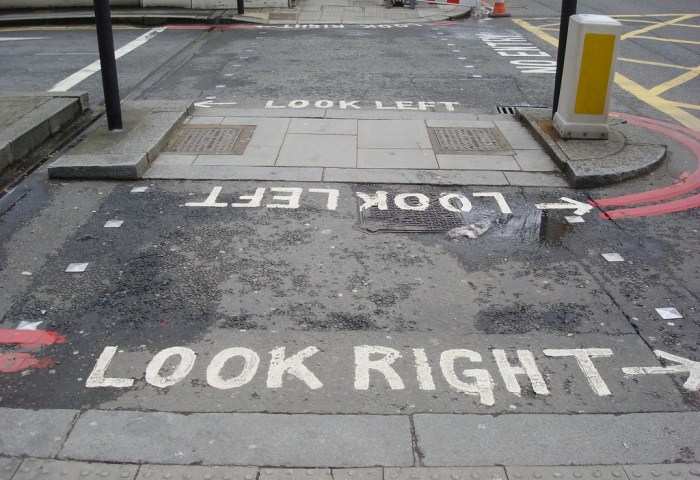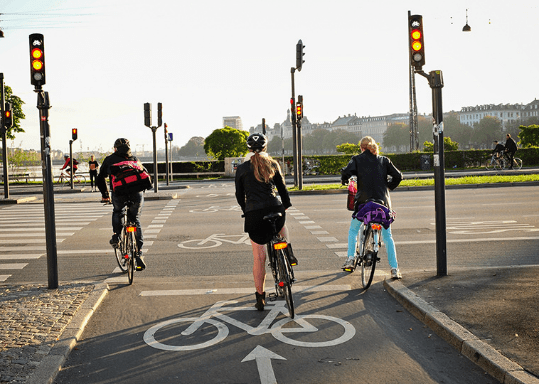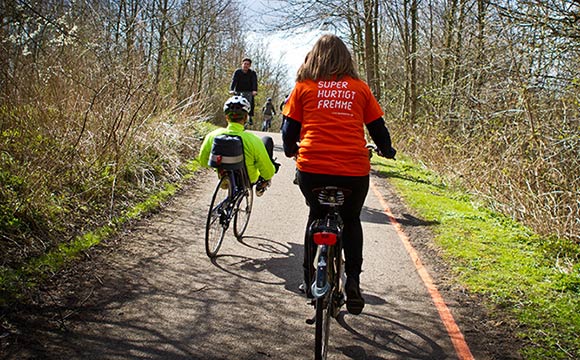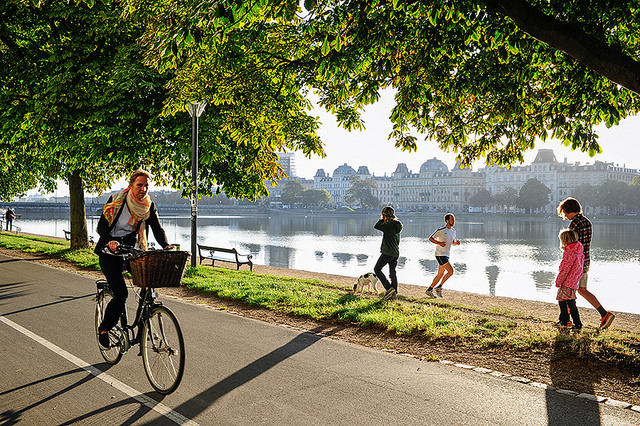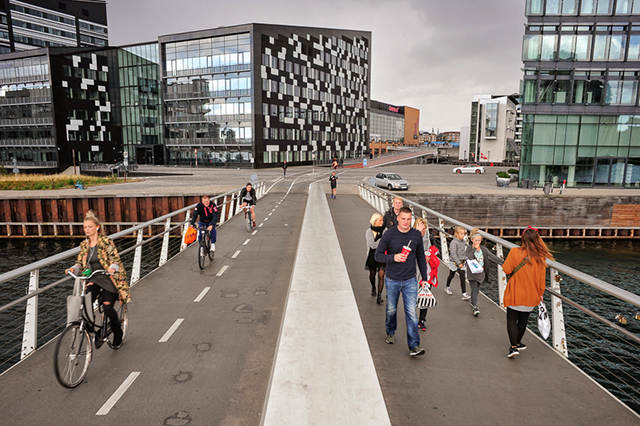Several funding opportunities are open in March and April 2017 at Knight Foundation. We look for ideas that align with our mission of supporting informed and engaged communities, and embrace those that stretch the definition of what that means. Knight Community Information Lab. This opportunity is specifically for community and place-based foundations that want to […]
Article · March 16, 2017 by Andrew Sherry


